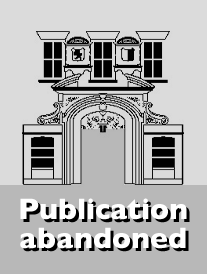
In the world of tax anti-avoidance, and with the ever-escalating value of property, private residence relief (PRR) is one of the few favourable reliefs from CGT available to UK home-owners.
The potentially significant value of this relief means that HMRC scrutinises its use vigilantly. Careful consideration needs to be given to the planning opportunities available and pitfalls that might be encountered, particularly in relation to the main residence election, and the development and sale of land.
Unsurprisingly, this relief therefore generates an enormous volume of ongoing case law and legislative developments. Anyone advising private clients will find this in-depth guide on PRR essential when identifying the legal framework, case law principles and how to apply the law to facts. It will cover all relevant factors in dealing with an HMRC enquiry relating to PRR, and issues to consider if appealing an HMRC decision.
Private Residence Relief explains how the relief works, the conditions of its use and where the relief may be restricted. It defines 'residence' and 'permitted area' and gives practical guidance on how and when to make a claim in main residence elections.
It describes how the relief can be measured, explains actual and deemed periods of occupation and the impact of lettings relief. Other uses of a residence are considered, for example for business purposes, as a property let, for adult care and dependent relatives and in relation to employer purchases.
The claiming of private residence relief by trustees and personal representatives is also discussed, as is the effect on the relief from transfers of property in the event of marriage, separation and divorce.
This book examines all these aspects of private residence relief against the backdrop of legislative developments and case law, using case studies and worked examples to illustrate planning points.